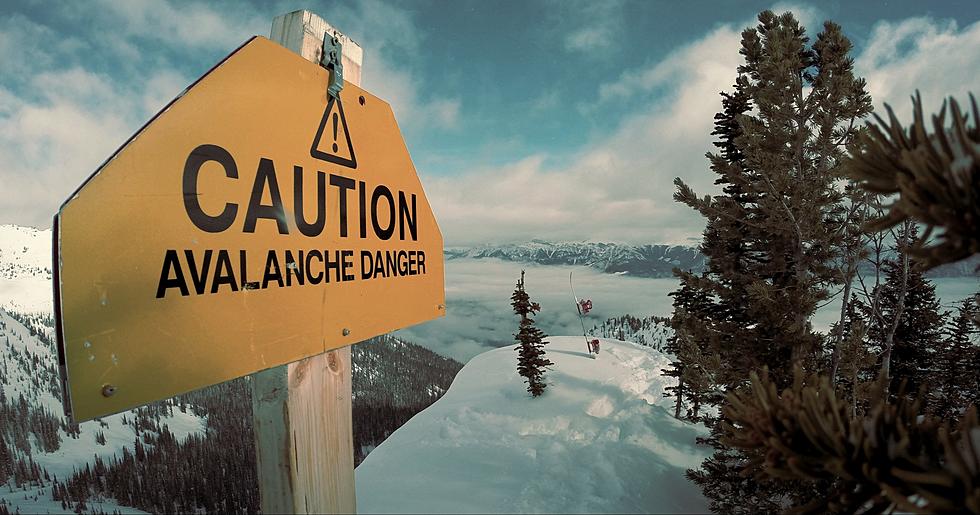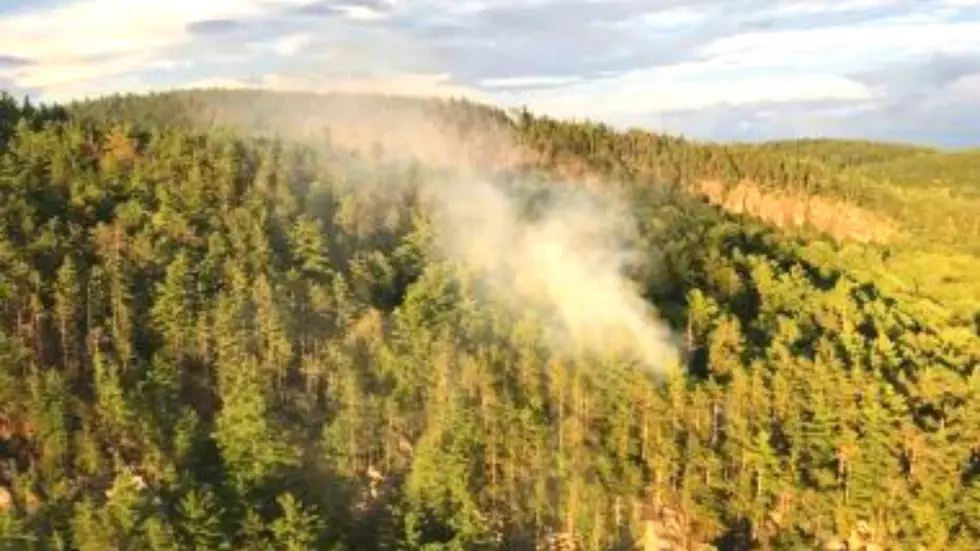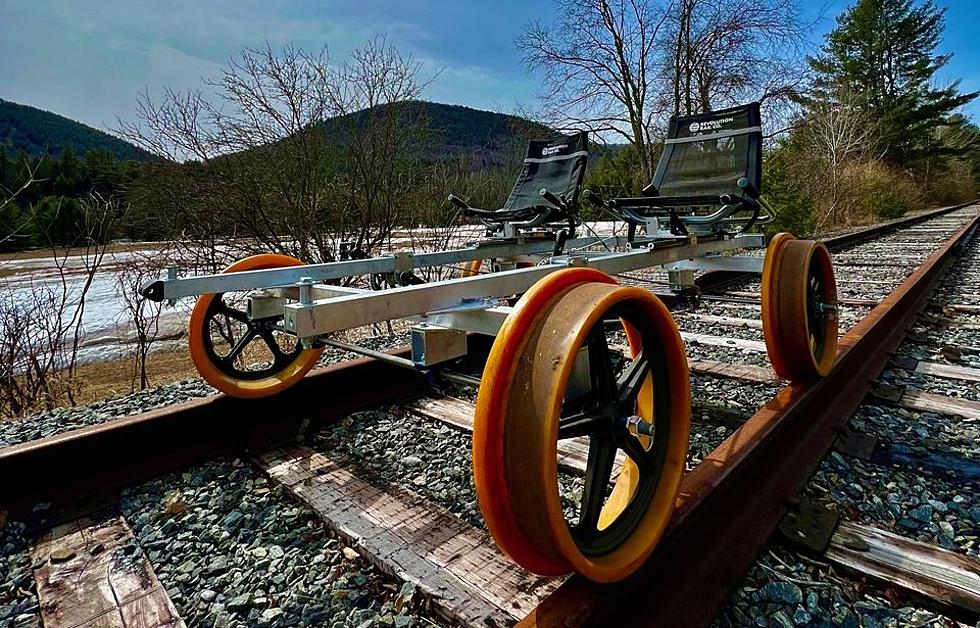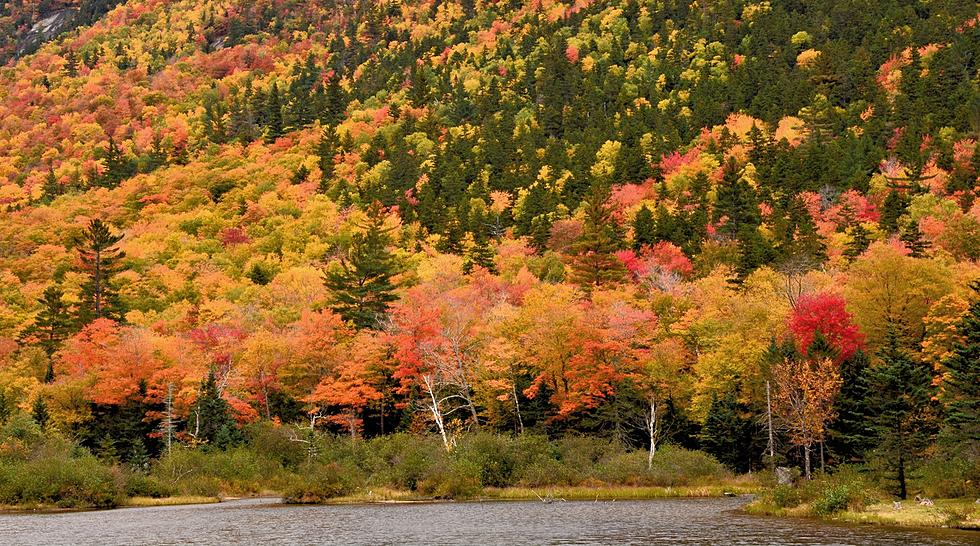
Hikers Warned of Avalanche Risks in Adirondack Mountains After One Dies
It may look more like spring in Central New York but it's still winter in the Adirondacks where there is a risk of avalanches.
The New York State Department of Environmental Conservation (DEC) is warning of potential avalanche risks following mild temperatures and high winds, especially in the High Peak Adirondack region where one hiker died.
Avalanche danger increases during thaws when warmer weather and rain melt existing snowpack and snow becomes increasingly unstable as it undergoes freeze/thaw cycles.
Hikers or skiers and snowboarders squeezing out the last bit of winter in the mountains should not only be aware of the risks but prepared for avalanche conditions. The majority of steep, open terrain is found in the High Peaks region of the Adirondacks, avalanche-prone terrain is all throughout the Adirondack Mountains.
Skiers, snowboarders, and hikers should assess their own experience level before going into the backcountry and should be equipped with avalanche safety tools and knowledge, including participation in an avalanche safety course.
Adirondack Avalanches
There have already been a few avalanches in the area, one that is suspected of killing Thomas Howard, a hiker who planned to climb Mount Colden on the weekend of March 11 but failed to return. Forest Rangers and volunteer rescuers found him a week later in the Trap Dike under approximately four feet of snow.
Evidence suggests an avalanche may have occurred at the site. However, without an eyewitness and due to changing snow conditions, it is impossible to say for certain if the snow accumulation was the result of an avalanche or drifted snow.
An avalanche was confirmed on Wright Mountain in February. Two skiers were buried but they managed to dig out. Luckily, both skiers had proper safety gear and practiced rescue techniques before the trip.
How to Minimize Risk
If you're heading into the Adirondack mountains, you need to be able to recognize and avoid avalanche terrain. Travel on the valley floor away from large avalanche runouts, and avoid cornices or hanging masses of hardened snow. Always carry an avalanche transceiver (or beacon), shovel, and a collapsible or ski-pole probe during avalanche conditions.
What to do if Caught in an Avalanche
If caught in an avalanche, first try to escape to the side, or grab a tree or rock. If knocked down, get rid of poles, skis, and a heavy pack. Swim with the avalanche to try to stay on top and avoid trees. When the avalanche slows down, reach the surface or make an air pocket.
Safe Travel Techniques
- Never put everyone on the slope. Only one person should be on the slope at a time.
- Plan an escape route. Always think avalanche - What will you do if the slope slides?
- Use slope cuts. Keep your speed up and cut across the starting zone, so that if the slope slides, your momentum can carry you off the moving slab into safer terrain.
- Watch out for cornices, which tend to break farther back than expected. Never walk out to the edge of a drop-off without first checking it out.
- Use terrain to your advantage. Follow ridges, thick trees, and slopes with safer consequences.
- If there's no other choice, go underground. You can almost always weather out a bad storm or bad avalanche by digging a snow cave or seeking the shelter of a crevasse. You may be uncomfortable but you will be alive.
To contact a Forest Ranger, whether it's for a search and rescue, to report a wildfire, or to report illegal activity on State lands and easements, call 833-NYS-RANGERS.
11 People Including Rangers, Climbers and a Helicopter Needed to Rescue Hiker
New York State Police Rescue More Than Humans
Five Animal Rescues Made by New York Conservation Officers in One Week
More From 96.9 WOUR









